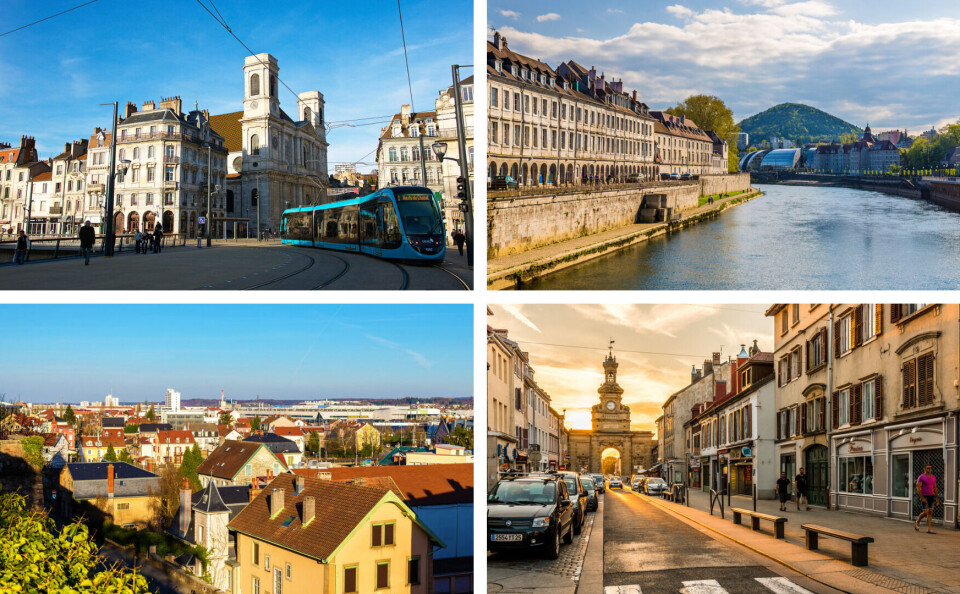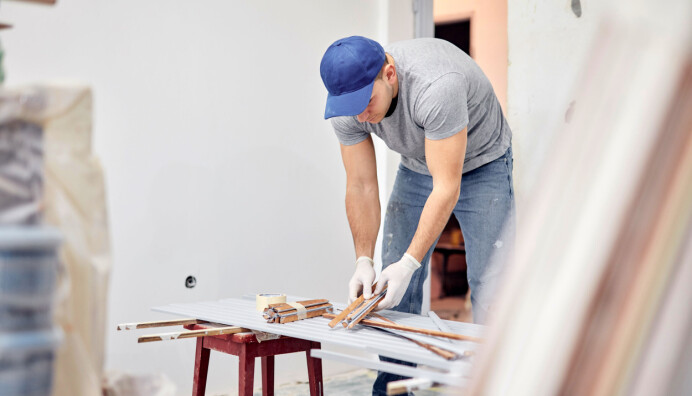-
Do I need the devis to contest French builder’s bad job?
An estimate is a legal contract between you and the person doing the work
-
How to lower the amount you pay for insurance in France
‘Big three’ insurances all set to see costs rise in 2026
-
New DPE requirements affect 11 million flats in France
Certificates evaluate the energy performance of exterior walls, windows, roofs and shared areas
Property watch: Doubs’ mixed charm of cheese, watches and limestone
Prices in the department may not be among the cheapest in the country but views and nature are a big draw

Departmental capital: Besançon
Main cities/towns: Montbéliard, Pontarlier
Doubs, tucked alongside the Swiss border, is one of France’s more dynamic departments, with a growing population and a mixed economy where car manufacture and cheesemaking exist side by side.
Not surprisingly, affluent towns and cities have a big influence on property prices. In February 2022, the median price for apartments rose by 8% and reached €2131 m². In Besançon newly built family homes can easily start from €246,800. Montbéliard, boasting a Peugeot car factory with some 13,000 workers, is slightly cheaper at €165,000.
The department has good road access. The A6 and A39 autoroutes are not far away, and there are cross-border links to Basel, Bern and Lausanne.
Geographically, Doubs is part of the Jura mountains. It is split into three, with an area of hills and valleys, the Haute-Saône plain, to the north east. In the centre and south, a limestone plateau dominates, which includes the highest point in the department, Mont d’Or, at 1,419m.
As in many limestone regions, caves abound. Doubs is also part of a project to reintroduce the lynx, which gives some idea of the wild terrain you can expect to encounter here.
The department has a continental climate, with hot summers and snowy winters. In the past, many villages were cut off over winter. The inhospitable weather encouraged people to stay inside and tinker, leading to Doubs becoming a centre for both watchmaking and spectacle frames.
Village houses can be found at the €150,000 mark, but in the mountains you will pay much more for the views (approaching €400,000). It is estimated that around 4% of houses in the department are second homes
Related stories:
Property watch: Discover the peace and charm of rural Creuse
Property watch: Why Covid has made Eure-et-Loir a hotspot for buyers
























